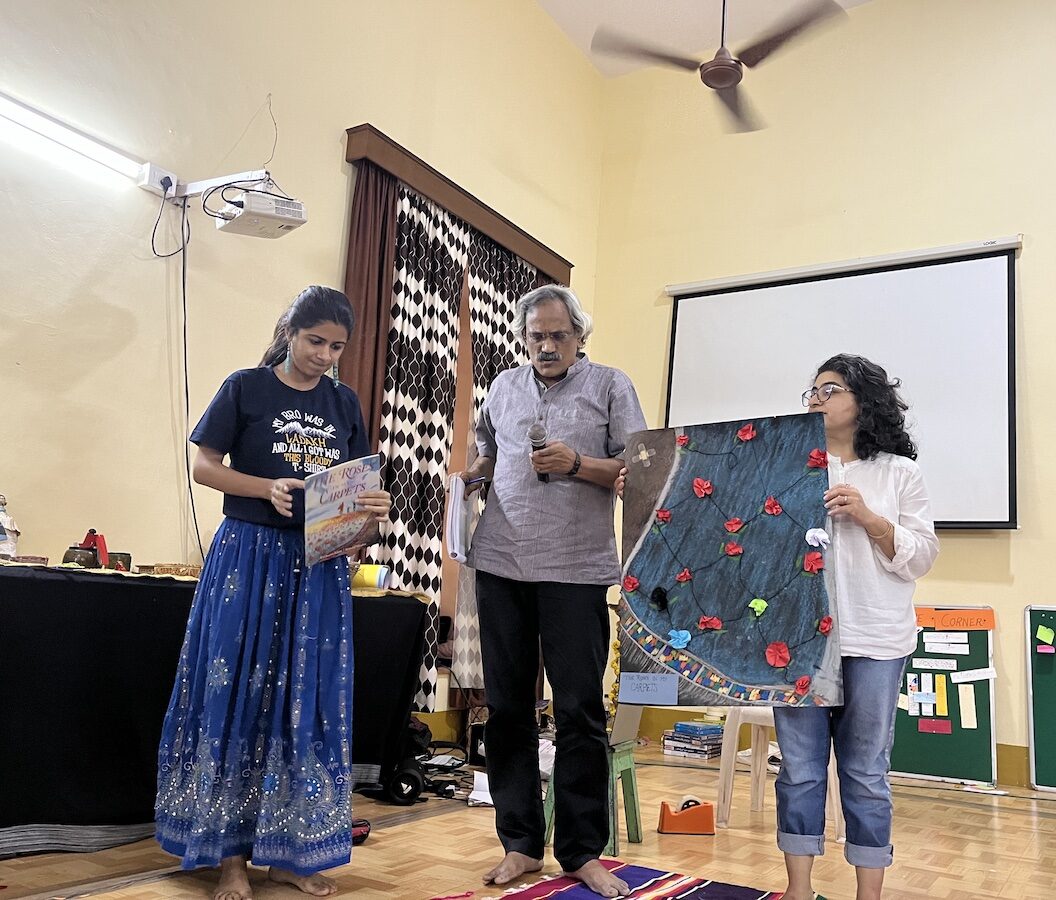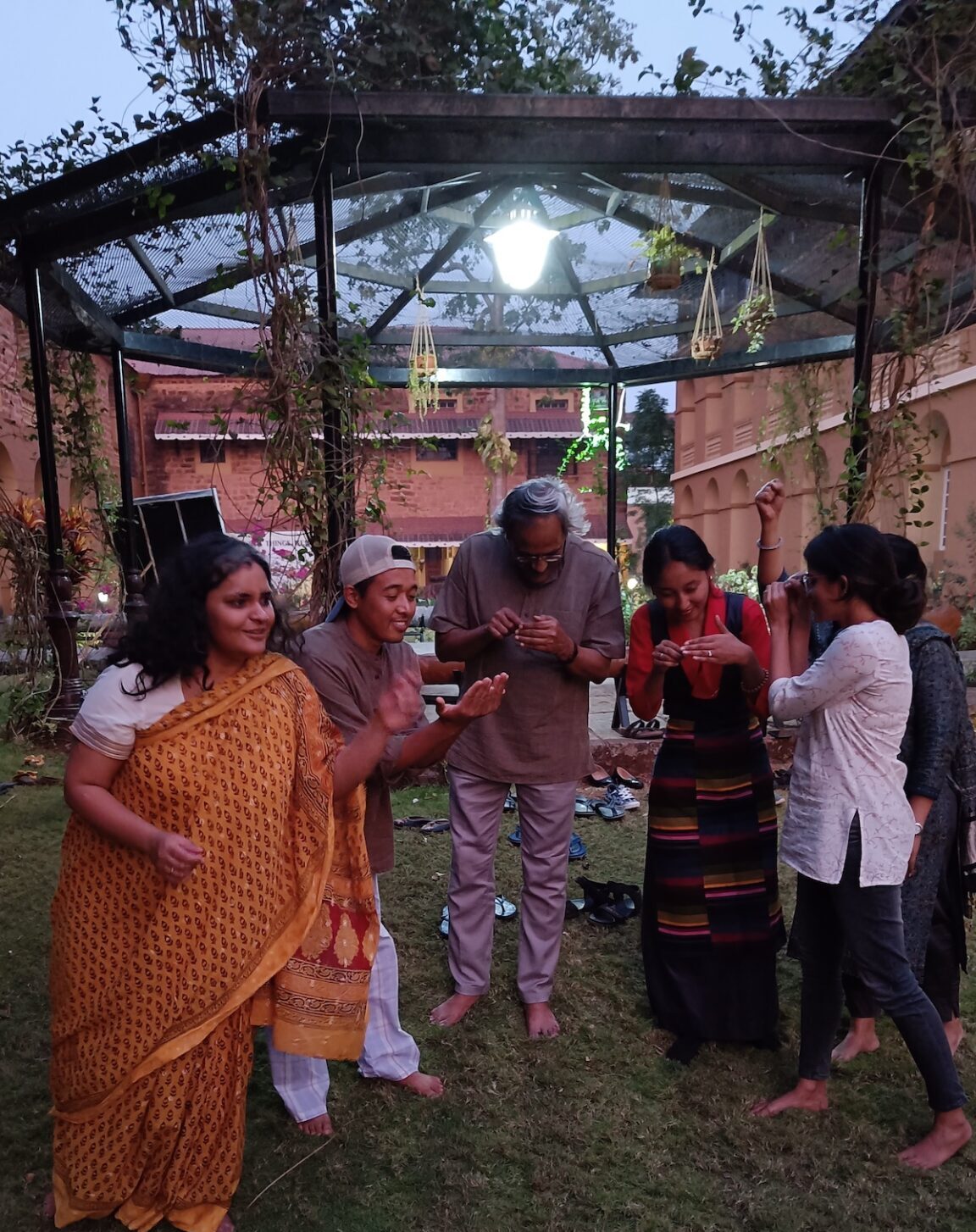Written by Dharmaraju Kakani, LEC 2022
A while back if you were to ask me, about my thoughts on library, I might have made a combination of these statements:
- A place for books, where readers can access them
- Experts who run libraries know best what to stock in a library
- The act of discovery (and reading) of a book is very personal to the reader. The role of the librarian is to ensure books are easy to retrieve. This in turn can be achieved when they follow a uniform classification system and organize books accordingly.
- Library is a silent space where “user” come to read in silence.
- Being more of a “text and visual reading” kind of person, I always considered library “activities” as a distraction from the wondrous world of the book
- Vision for a library should be around providing readers access to books
- Context and location of the library was not foregrounded for me. I saw school, college, public, community libraries in very similar light.
Since joining LEC in November 2022, this perspective has been dis-rupted. One of the first sessions was a group exercise where we enacted the Owl Moon (by Jane Yolen). The process of enactment opened up the book so much more than mere text and visuals did. Reading the book together with my group made me aware of the different voices in the text and visuals. I have always experienced reading as a personal act – you take your book and read by yourself and at most discuss with some friends on what you liked and what you did not. The social act of reading enabled a different form of reading.. of understanding.. of relating. Repeated such group engagements (around an extremely well curated set of books) kept pushing the boundary of the walls I had created around my “image” of a “Library”.
Jennifer’s session on the “Act of reading” and how early we all start reading was eye opening. It made me think about and explore how the spaces we create in the library should relate to the word-world the child is experiencing. The library space needs to be welcoming and have some continuity with the world of the child and not something where they feel alienated from their world. We need to create space for multiple (oral, visual and not just text) narratives and organize activities around that for children.
I volunteer in an NGO which establishes and provides books for government schools in AP and Telangana. Theju’s session on book selection as a political act, influenced by our thought structures, personal values and conditioning foregrounded the need to reflect on the choices that we are making while selecting books for the library. My book selection is driven by a certain way of seeing the child. Is this “seeing” dominated by what the child “needs”, “what is good for the child”, “need to meet benchmarks of FLN”. While there will be no clear answers, what was becoming clear is that every library “choice” we make needs to be mindful and with introspection.
One hundred languages and its relation to library was puzzling, though the multiple activities (library games, skits, body sculpture, movement sessions, book talk, poster making, knitting, art and various other activities) during the contact sessions, showed a glimpse of what this might be. How do we give the sense of agency back to the child in the library space, for them to wonder, discover, challenge, question, explore.. be the story creator (for sharing or not) in the library space? What are the ways in which the library can engage with the child for this?
While some notions have substantially moved, others have raised new questions, while others have provided additional lens from which to view. Being of an operational bent of mind (and training), I tend to seek solutions. One thing I learnt through the various experiences and reflections through the LEC is that sometimes staying with the problem is important. It helps in the journey towards a solution. Questions, create scaffolding. LEC was like fireworks in the brain, so many things suddenly opened up in a mix of fear and delight.



